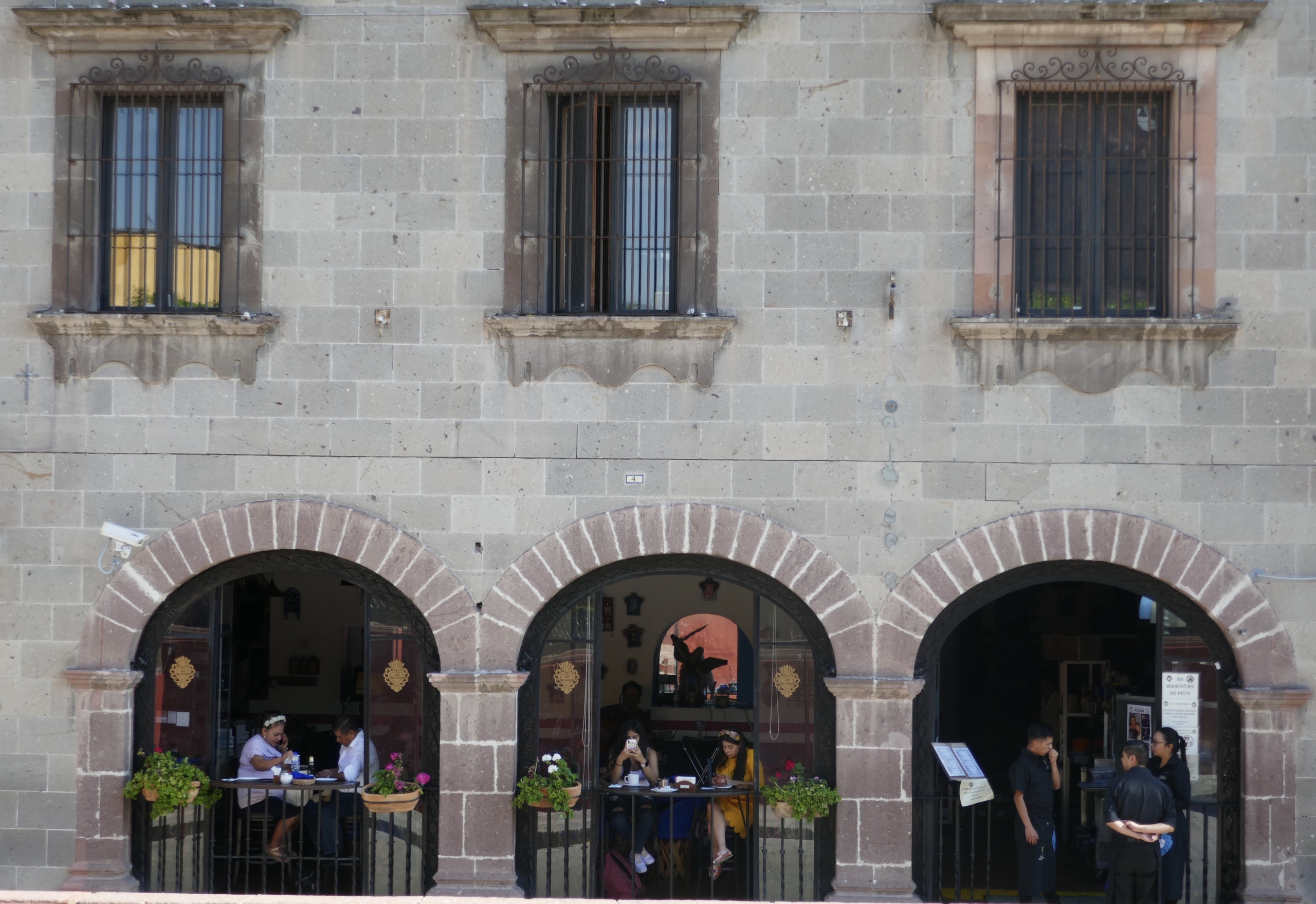One day, I sat down to write, and nothing would come. No words. No thoughts. Nothing. I could not unlock the thoughts. The words caught in my throat—hanging just beyond my breath. I desperately sought a way to unlock the thoughts suffocating in my head.
Words seemed lost.
The inability to put simple words on paper went on for months. This was not typical of me. I’m a teacher. I taught English and writing to middle schoolers. You can’t be at a loss for words with that audience.
For the past 25 years, I have taught and coached adults. I have written curriculum and reports for organizations large and small. I debated in high school and college. All of my career I have stood in front of hundreds of people and never had a loss for words.
Words matter. Words have always been my medium—the construct of what defines me.
I would not be beaten. If I can be anything, it’s persistent. I kept trying to break out of the silence in my head. Copying poems, quotes, and passages from books became the only writing that filled my journal.
Remember, I taught middle school. I would assign this approach to students who thought they couldn’t put their own words on paper. Most of the time, this built their confidence. Just the mere physical act of a pen in hand and ink touching paper would open the door to the next step.
What could unlock the thoughts I held?
Have you experienced a time when you obsessed over a project or the next thing and missed the message shouting at you just beyond the periphery of your vision? Like a ghost swishing by silently and barely touching the sleeve of your shirt.
One day, out of desperation, I realized something must change. I needed to set aside words—just for a while—a day, a month, or whatever it would take to reclaim myself.

Stopping for Lunch in San Miguel de Allende, Mexico by Kathryn LeRoy
Open your eyes.
I have always been intrigued by how a camera can stop time and motion, capturing a life, a moment that cannot be erased. So, I opened my computer and began looking back at all the photos I had taken over the years. Closer to the truth, I sought any distraction that would ease my frustration.
What I saw were not just family outings and gatherings, sunsets, flowers, and people going about their daily tasks. More than mere photos reached across the screen. Each image told a story.
Hundreds, no thousands, of photos revealed glimpses into the mundane, the celebrations, the quiet moments, and the beauty that surrounds us every day—if we choose to open our eyes.
“A good snapshot keeps a moment from running away.”
Eudora Welty
The image held a story.
That turned into my “Aha!” moment. Images held within them the words that I could not express. For a time, I let go of the words and allowed myself space and grace to examine, observe, and view the world in images—feel—experience.
I would very much like to tell you that this epiphany unplugged the dam. That words began flowing mysteriously out of me from some mystical realm. No, no such luck.
My survival experiment exceeded my expectations, but it didn’t hold any new or earth-shattering revelation. You’ve heard the phrase “a picture is worth a thousand words.” The saying from the 1920s linked the use of images to advertising. Photos, images of any kind, hold within them the power to speak more clearly, more succinctly, than words.
More than words, images evoke feelings and emotions. Coupled with words, the impact of photographs can jolt us or soothe us. The combination can incite action or remind us to stop, take a step back, and savor the moment, the inspiration.
Take time to reflect.

Reflections on the Main River, Germany by Kathryn LeRoy
As you scroll through your favorite social media platform, walk through an art exhibition, or simply observe the everyday happenings and objects that pass within your view, take a moment. What do you really see and what can you learn?
“Taking pictures is savoring life intensely every hundredth of a second.”
Mark Riboud
For myself, this interlude from writing gave me a deeper understanding of how allowing for time and space can bring us back to the gifts that only we can give the world. Not because we hold some unique world view or talent, but because we paused, said yes to reflection, and did the next best thing for us.
And when we can do that—we give our best to those we love and the world in which we live.
There was more going on here than writing or not writing. This time of reflection and struggle offered me a glimpse of what can happen when we let go of what we think others expect of us. We place unrealistic demands on ourselves that suffocate and stifle creativity.
Embrace you.
I have learned so much from the research and writing on belonging and vulnerability from Brené Brown. As a recovering perfectionist, I value her insights into mustering the courage to accept ourselves and believing that we are enough.
“Authenticity is the daily practice of letting go
of who we think we’re supposed to be and embracing who we are.”
Brené Brown
Her words created images in my mind that carried me through, over, and beyond the stagnation hindering my work and joy. A bit of irony lies in the notion that pictures hold words, but often, words create a vision that might otherwise remain obscured by our fears.
I will leave you with this challenge. If you find yourself stuck, unable to take the next step, consider two questions:
- Can you give yourself permission to stop the internal battle waging within?
- Can you accept that you are enough?
And always—
Be kind. Be brave. Be you.
Photos: © Kathryn LeRoy



Leave A Comment